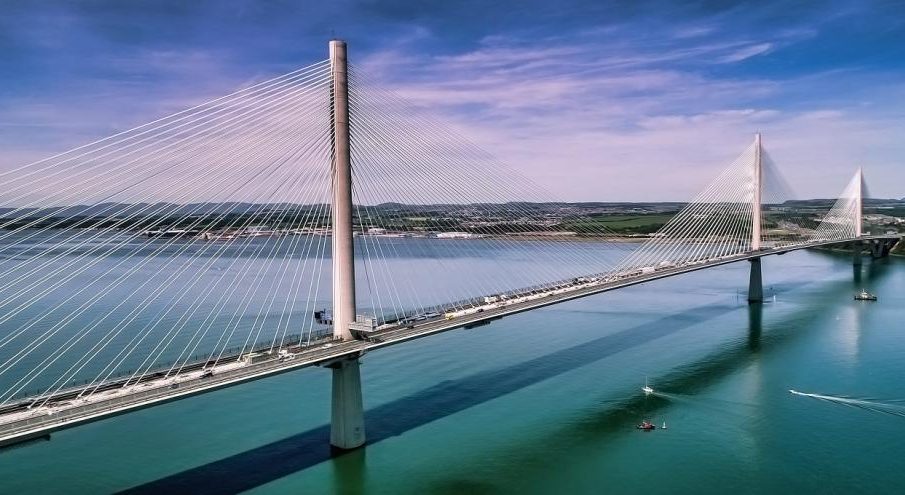Understanding the Importance of the Queensferry Crossing

Introduction
The Queensferry Crossing, an iconic landmark in Scotland, has not only transformed the transport landscape in the region but also symbolises modern engineering excellence. Opening in August 2017, it is the longest three-tower, cable-stayed bridge in the world and serves as a vital connection across the Firth of Forth, linking Edinburgh with Fife. Its significance extends beyond transportation; it represents an essential investment in infrastructure supporting economic growth and regional development.
Construction and Features
The construction of the Queensferry Crossing began in 2011 and was completed by the end of 2016, with a total cost estimated at £1.325 billion. Standing at 210 metres above high water level, the bridge is a marvel of modern engineering, consisting of three tall towers each supporting a cable-stayed design that ensures stability and durability. The total length of the structure stretches 2.7 kilometres, providing two lanes of traffic in each direction and a designated footpath and cycleway. This innovative design has received accolades for its aesthetic appeal and functionality.
Economic Impact and Relevance
Since its opening, the Queensferry Crossing has significantly contributed to the local economy. Prior to its construction, the existing Forth Road Bridge faced severe congestion issues, impacting travel times and commercial transport. The Queensferry Crossing alleviated these problems, reducing delays and supporting the region’s businesses. Additionally, the bridge enhances accessibility for tourism, drawing visitors interested in its engineering and scenery.
Future Developments
Looking ahead, the Queensferry Crossing continues to play a crucial role in infrastructural developments. As the demand for transportation increases, there are discussions about upgrading access roads and related services to ensure that the bridge efficiently accommodates rising traffic volumes. Sustainability initiatives are also being considered, with an emphasis on reducing the carbon footprint associated with transportation across the bridge. Innovations in monitoring and maintenance are expected to keep the bridge in excellent condition for decades to come.
Conclusion
The Queensferry Crossing stands as a testament to human ingenuity and a vital piece of Scotland’s infrastructure. As it continues to serve thousands of vehicles daily, its significance is only expected to grow in the coming years. For those residing in or visiting Scotland, the bridge is not just a route over water; it is a gateway to a connected and prosperous future.








